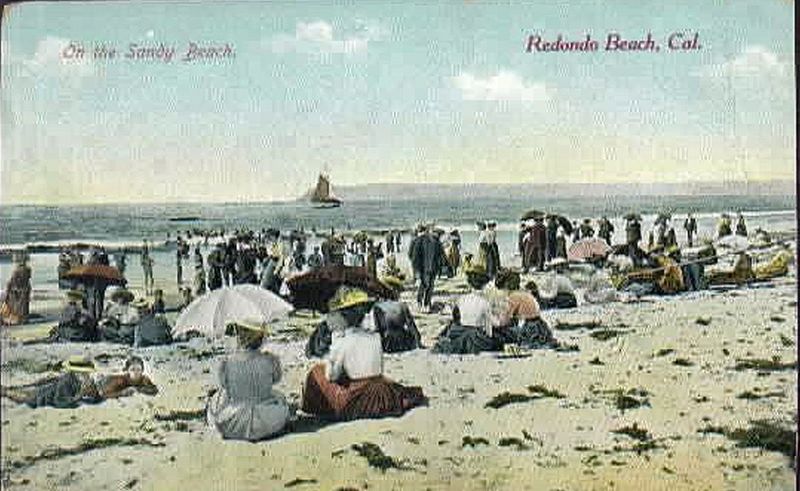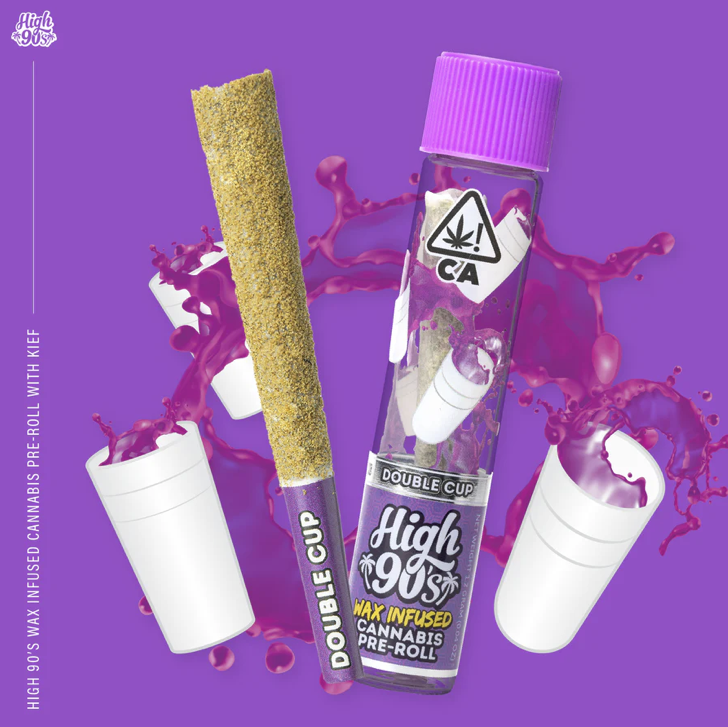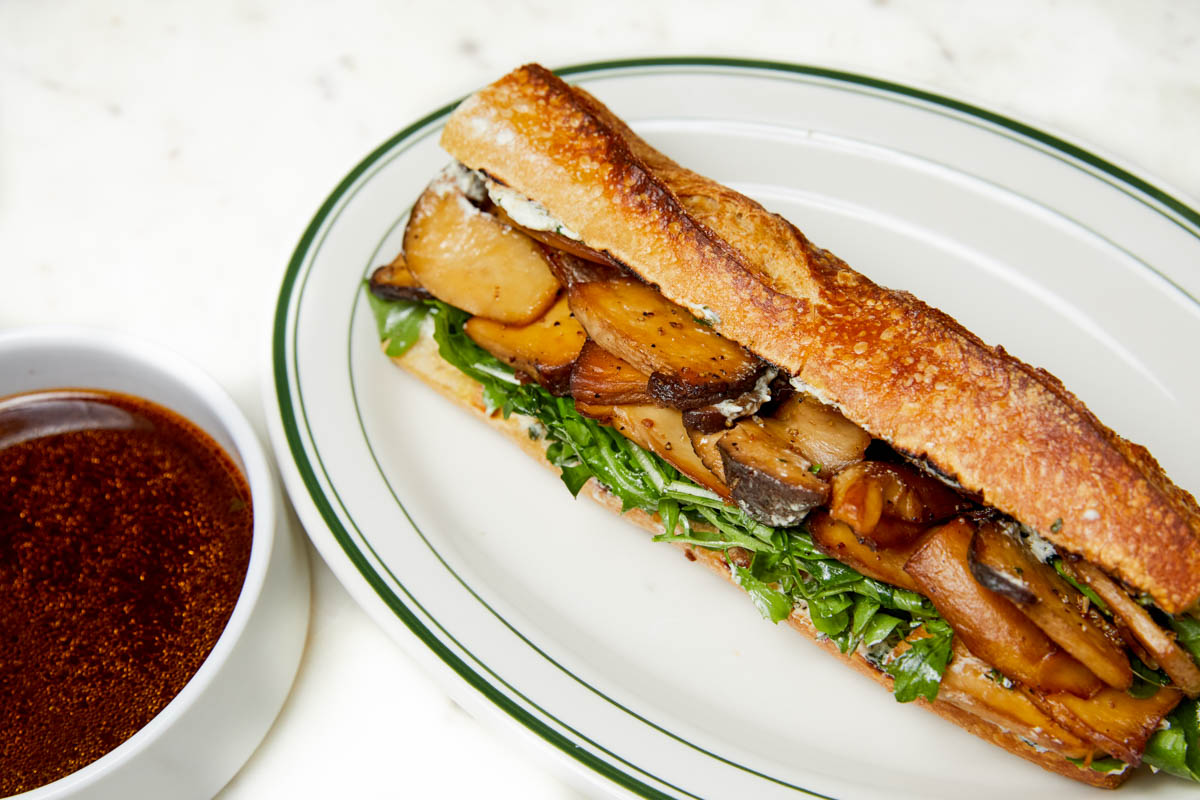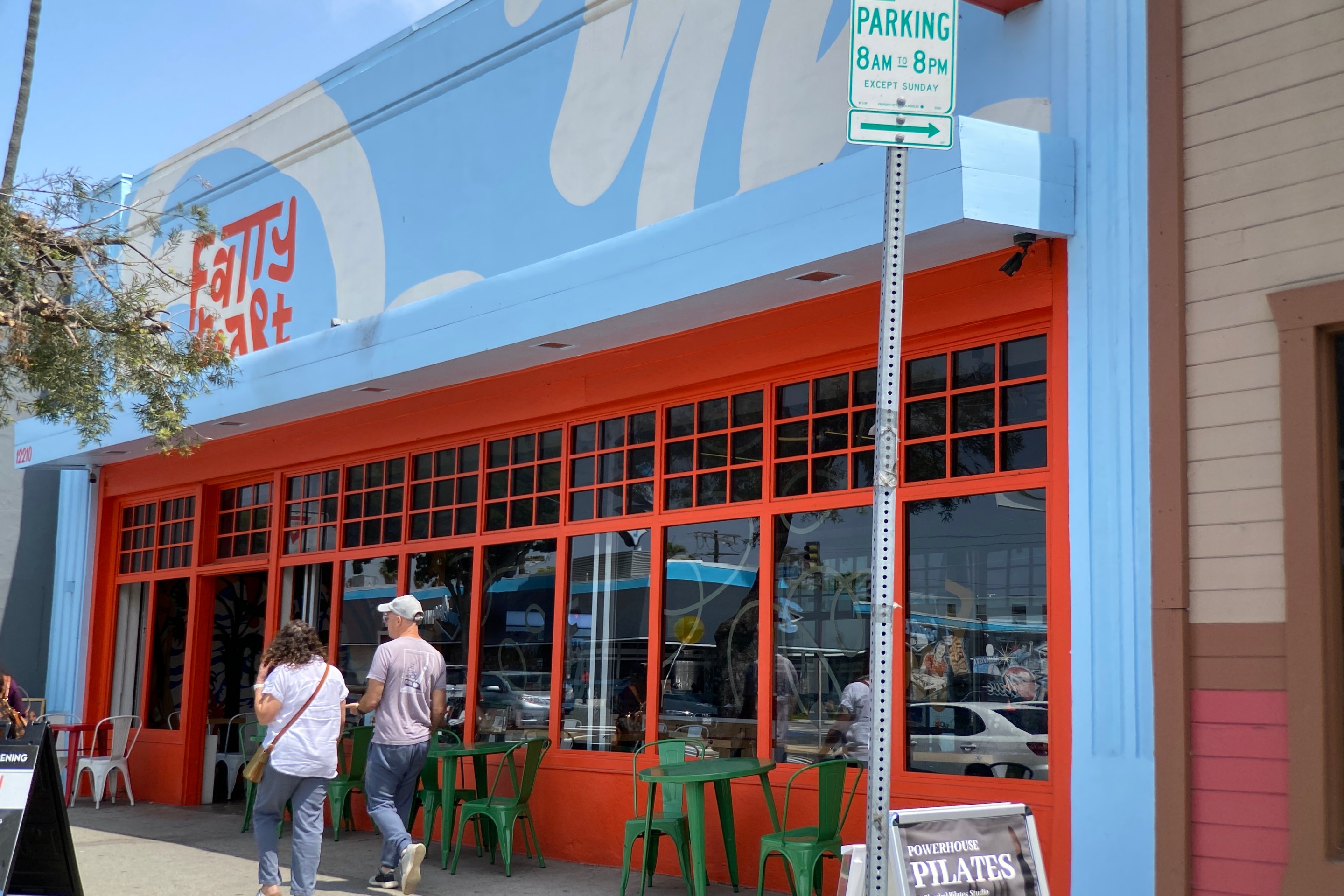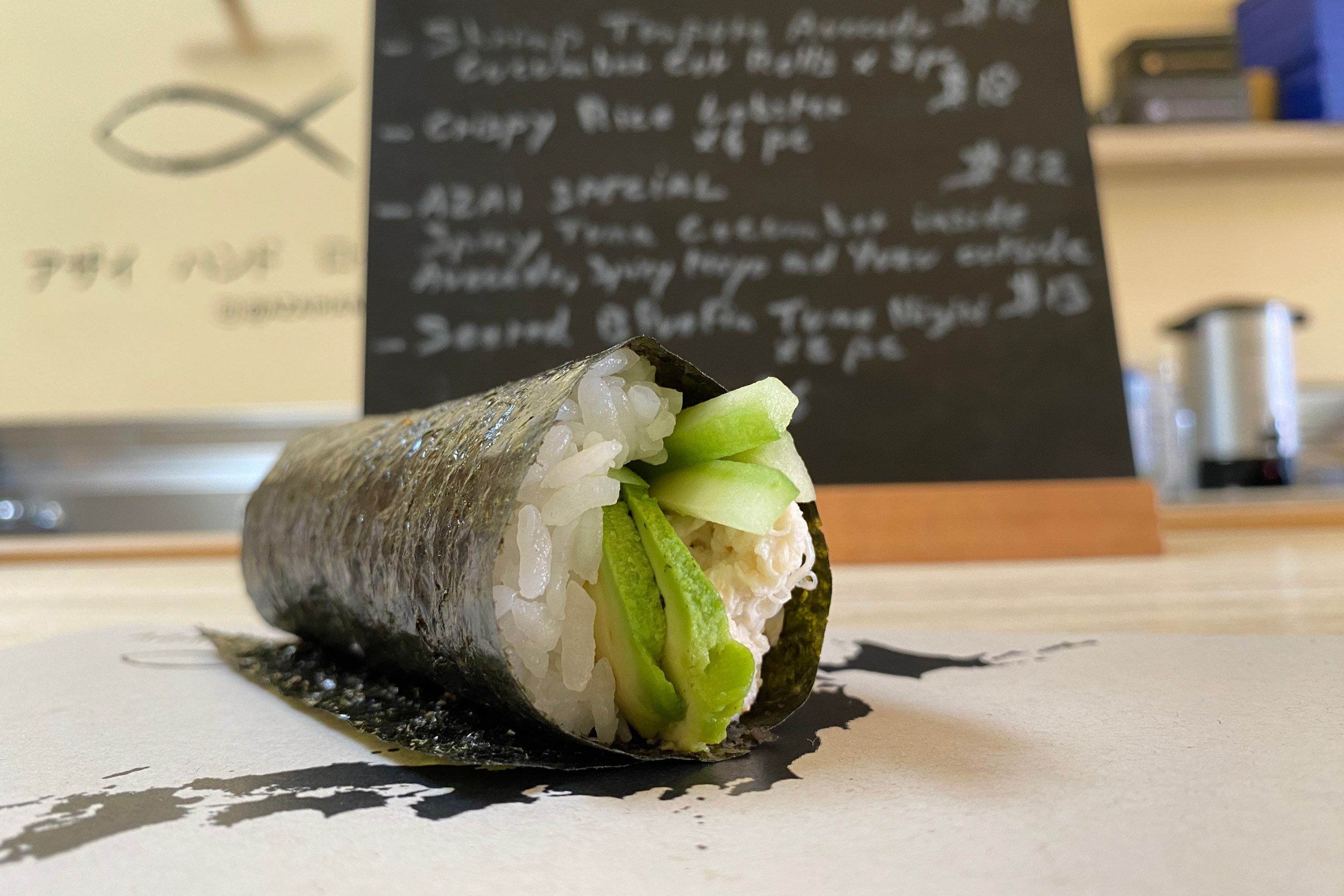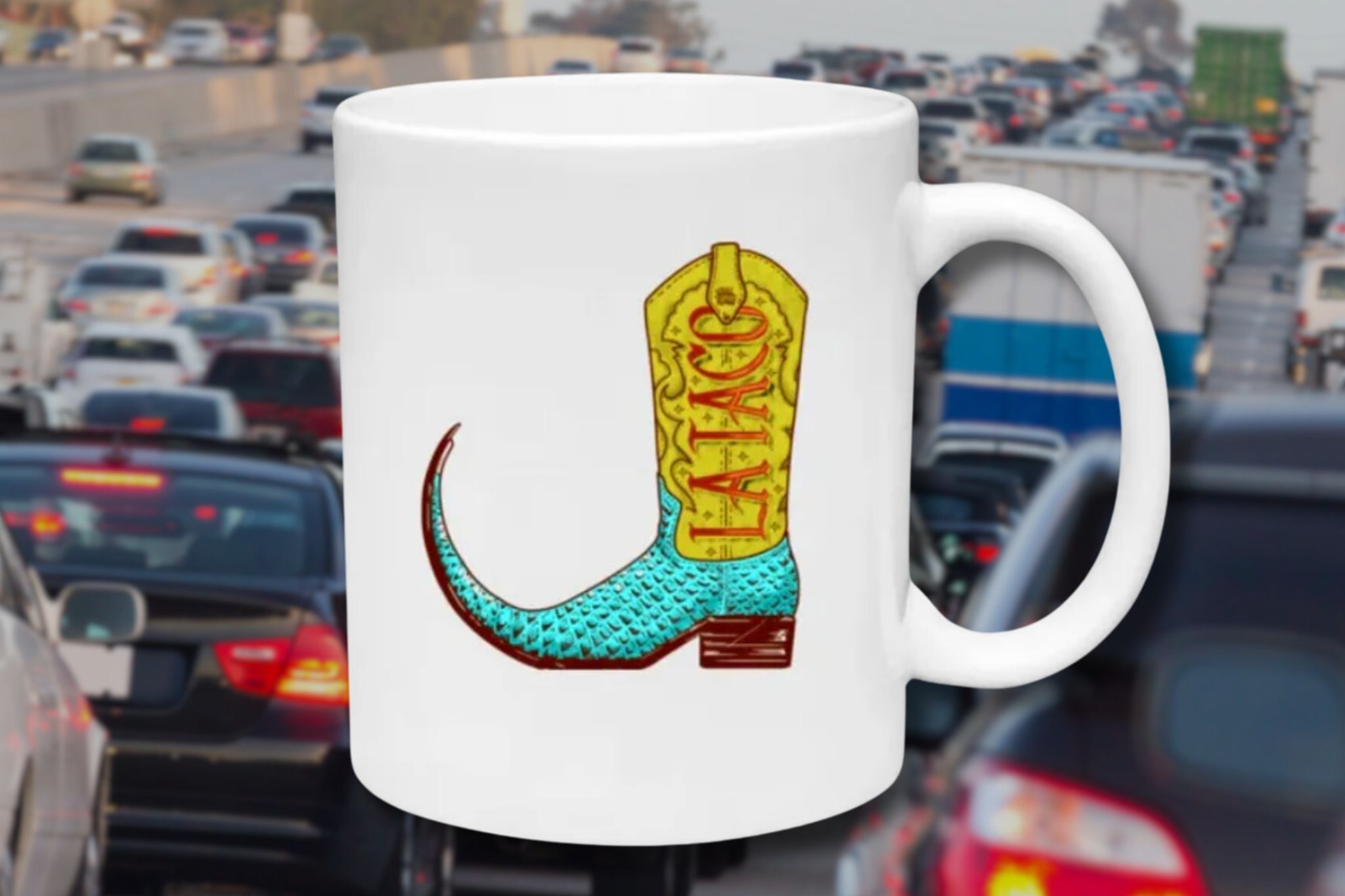L.A. TACO is embarking on its biggest mission yet: to create a taco and food guide for every single neighborhood in Los Angeles! Along the way, we will also be releasing brief histories of each neighborhood to understand L.A.’s past and present a little more, all the while celebrating how each and every square inch helps make our fine city the best in the world. Today we’re taking a look at Redondo Beach!
Before the arrival of European colonizers, what we call Redondo Beach was home to Indigenous cultures for over 7,000 years. Historians tell us that today’s eleven-acre Wilderness Park (a former Nike Missile site) was once the site of a lookout spot for the Chowigna, a band of Tongva natives known for their land amid many of today’s South Bay areas, including the Palos Verdes Peninsula and the bluffs above its Malaga Cove, where halibut, lobster, and sea bass, and salt helped sustain them for millennia.
Set on Santa Monica Bay, what we call Redondo Beach ("Round Beach") today was originally included in the 75,000-acre Rancho San Pedro land grant given by the Spanish crown to soldier and Portola expedition veteran Juan José Domínguez in 1784. This is often considered the first land grant in California, in which Spain offered land to work and live on as a reward for military service or other contributions. And these were damn nice lands to acquire, holding L.A.’s future harbor and the sites of all its current coastal cities, including San Pedro, Torrance, Hermosa, Redondo, and Manhattan Beach, as well as Gardena, Carson, Compton, Lomita, Harbor City, Wilmington, and western portions of Paramount and Long Beach.
Dominguez’s descendants have held onto much of this land through many years, legal challenges, military battles, and changes in nationhood following his death in 1809, building adobe homes, and having the land surveyed and re-granted in 1823. The family still maintains control of much of it today, operating both the Watson Land Company and the Carson Companies on their clan’s original rancho territory. Even after the discovery of oil in 1921, they’ve refused to sell most of it, certain of the land’s lasting value. The family details its own history of the land right here.
The Sepulveda family was able to knock some of this land off of the Dominguez family. After appealing to Spain’s representatives and filing various lawsuits, the Sepulvedas were given 31,629 acres of the rancho, which are known now as Rancho de Los Palos Verdes, and include parts of today’s San Pedro and Torrance.
On two days in 1846, battles between the U.S. and Mexico raged on the rancho in what is now called The Battle of Dominguez Rancho, aka The Battle of the Old Woman's Gun for the effective and hidden cannon belonging to one Clara Cota de Reyes, which helped turn victory to Mexico’s favor.
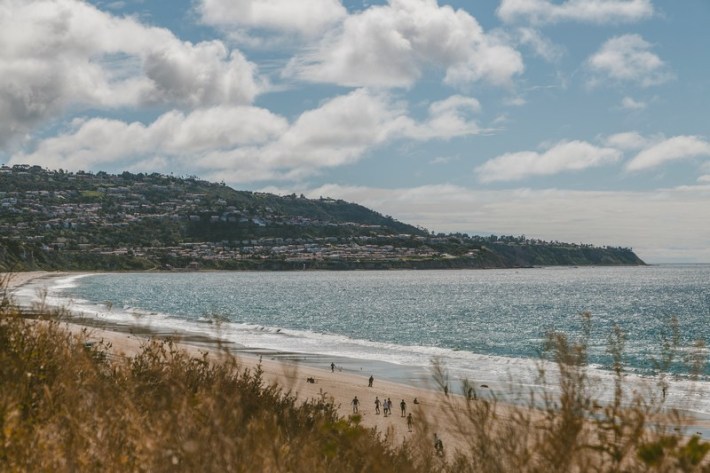
In 1854, Juan Jose’s grandson, heir, and executor of the rancho Manuel Dominguez sold Redondo's “Old Salt Lake,” a spring-fed body of water situated about 200 yards from the ocean, to Henry Allenson and William Johnson, which led to the forced removal of the Chowinga to the Mission system. After establishing the Pacific Salt Works, the company soon went bankrupt, and Massachusetts-born businessman Francis Mellus stepped in to buy it. Ranching in the area was quickly looking like a bust due to drought and floods. Extracting and selling salt would generate capital through 1908.
In 1869, Union Army Major General William Starke Rosecrans purchased 16,000 acres of the rancho land and created The "Rosecrans Rancho," bounded by Florence Avenue on the north, Redondo Beach Boulevard on the south, Central Avenue on the east, and Arlington Avenue, setting the limits for modern-day Gardena.
In 1889, the Redondo Beach Improvement Company spent $12,000 to buy 433 acres of oceanside land from Dominguez family descendant Susana Dominguez and her husband, Gregorio Del Amo y Gonzalez. Bound by Prospect, Herondo, Knob Hill, and the Pacific Ocean, it comprised nearly all of the land in Redondo Beach. As enterprising Anglos of that time tended to do, the company developed, sold, and promoted the land to their profit, essentially establishing the town of Redondo Beach.
Conducted tests revealed a deep offshore canyon that positioned Redondo as a great place for a port. With dreams of ranching in the rearview, the port, along with the railroad transporting freight in lumber and oil, helped Redondo’s economy to flourish, much as its picturesque seaside location made it a popular retreat for those arriving on train cars from Downtown and steamships from abroad. The city at the time boasted three piers.
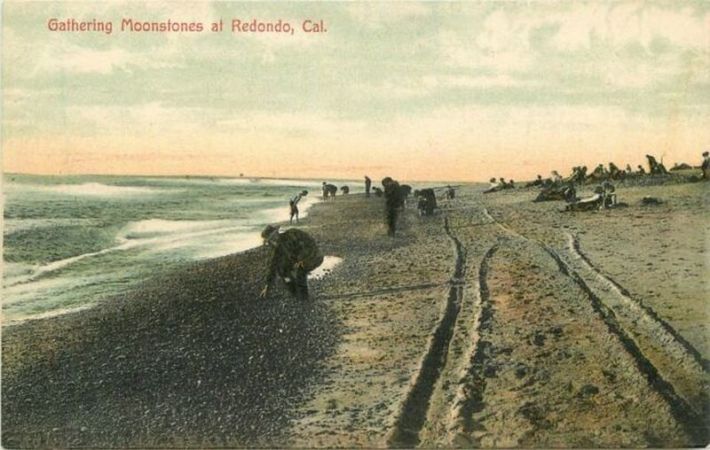
In 1890, the 225-room Hotel Redondo opened to accommodate this torrent of tourists, with an 18-hole golf course, tennis courts, and gardens. For the less moneyed, a nearby Tent City offered tents at $3 a week with electric lights and wood floors. In 1892, Redondo voters adopted cityhood by an overwhelming majority.
Tourists of the early 20th century loved strolling the municipal pier, Carnation Gardens, esplanade, and sandy beaches, especially the gemstone-rich Moonstone Beach. They also enjoyed the Lightning Racer roller coaster, casino, and massive indoor saltwater pool.
In 1905, Henry Huntington bought the Redondo Company in the midst of a major land-buying spree, with his Big Red Electric Cars eventually helping bring more tourists and new residents into this booming town.
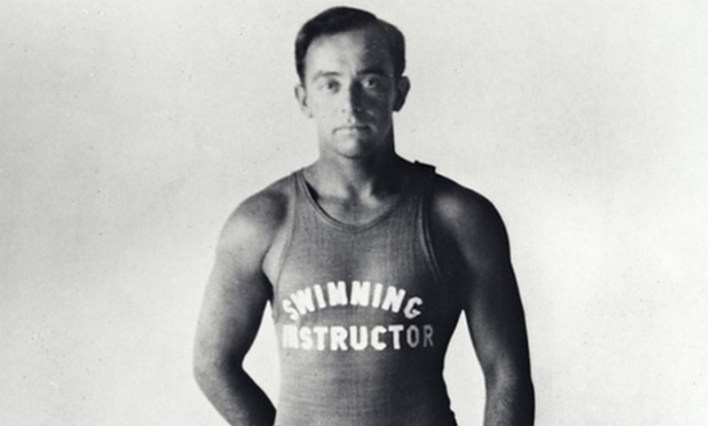
His arguably bigger contribution to life? Huntington saw Oahu native George Freeth surfing while on vacation in Hawaii. And like some sort of grown-up version of Veruca Salt, he essentially said, “I want that, Daddy.” In 1907, he pressured Freeth, nicknamed “the man who walked on water” for his sick, smooth style, to come to Redondo Beach and teach all of us mainland kooks what surfing is in daily exhibitions on a 200-pound, eight-foot surfboard made of solid wood in front of Hotel Redondo. Freeth is also credited with inventing the longboard, after cutting the heavy 16-foot redwood boards people used to surf with in half for greater control. Freeth is also responsible for saving countless lives, having established crucial lifeguard training programs in Venice and the South Bay in the face of too many non-swimmers getting caught in the Pacific's ire.
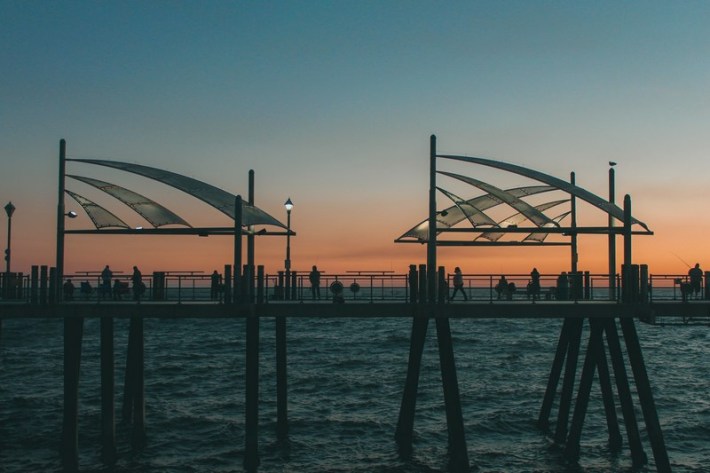
By 1912, Redondo's popularity and importance declined slightly, as the Pacific Steamship Company ceased to stop there and the harbor at San Pedro grew greater in importance. Various piers were constructed and destroyed by weather over the years, while a floating casino known as Tony Conero’s The Rex entertained those with money to burn (or 25 cents for a water taxi) during The Great Depression.
Redondo’s ineffective first breakwater was built in 1939, followed by the construction of King Harbor in 1956, the marina you might catch us at today gazing at its bobbing masts, fresh seafood, grimy arcade games, and cocktails at Tony’s on the Pier.
